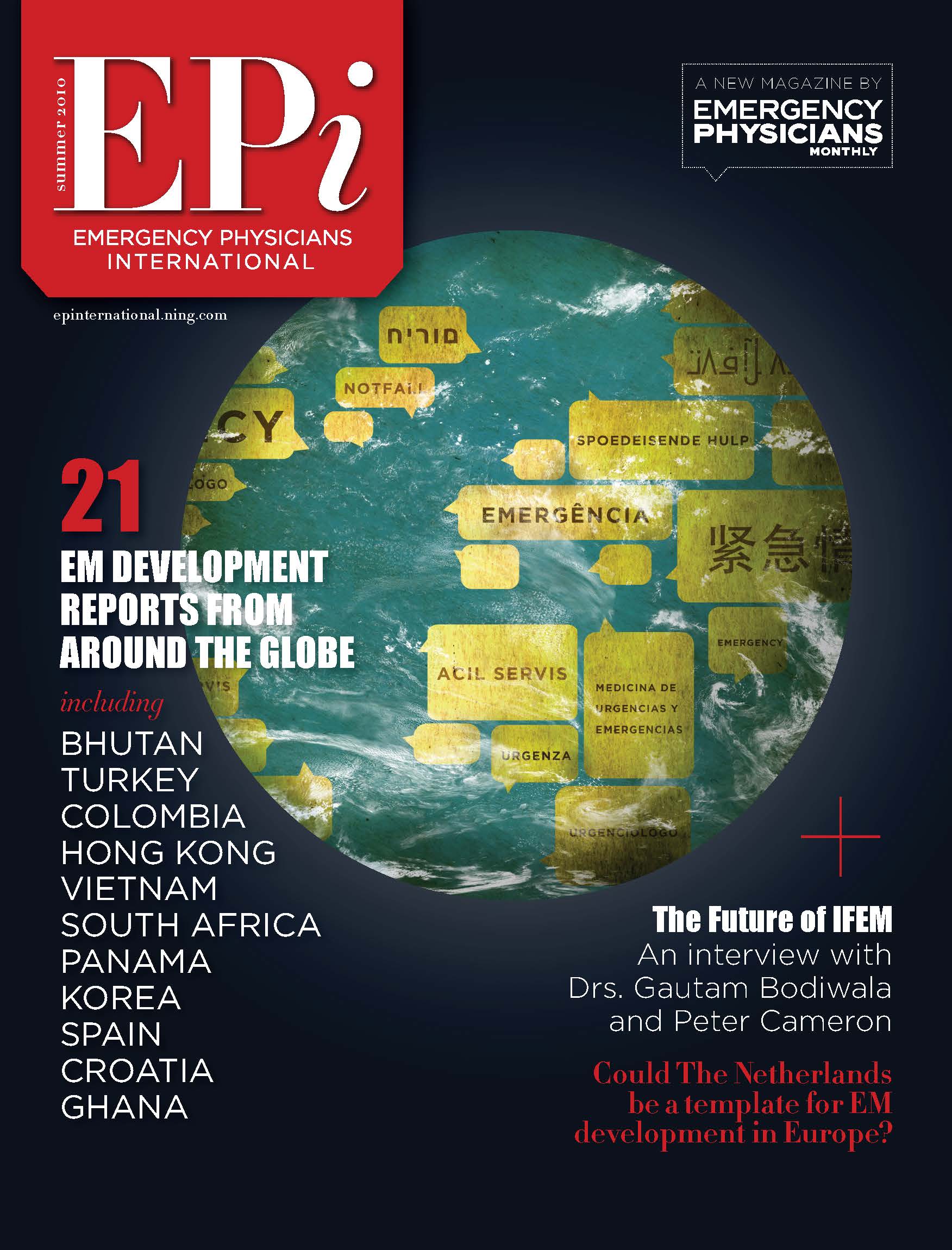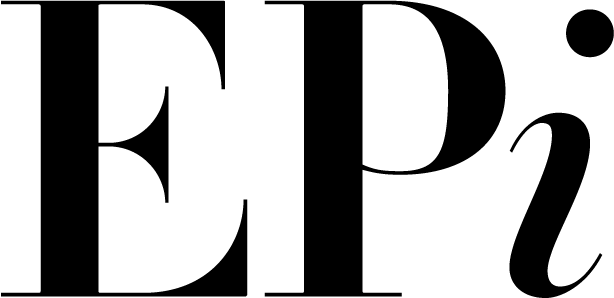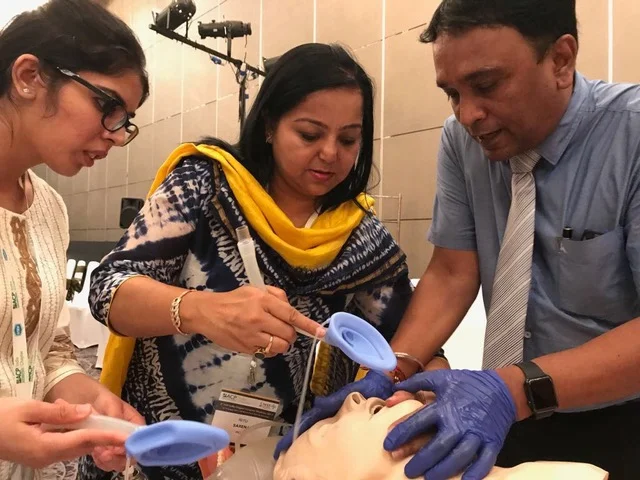Iceland’s Greatest COVID Model: A Health System based on Access, Connectivity, and Adaptability
Co-written by Richard Moschella, Jón Baldursson, Gayle Galletta
While Iceland is known for its dramatic landscapes, one of the small island nation’s greatest resources to the global community may be its unique model for improving medical outcomes through universal access and connectivity. While the world watches Iceland for early data on COVID-19 physiologic processes and management strategies, healthcare leaders should also look to the systems in place that allowed such rapid data acquisition and nationally coordinated response in the first place.
In a 2018 study comparing healthcare access and quality, Iceland ranked first globally, while the US ranked 29th1. Furthermore, Iceland has one of the world’s highest average life expectancy at birth, lowest infant mortality rate, and the lowest maternal mortality in the world (3 deaths per 100,000 live births)2. These metrics are even more impressive given Iceland’s low population density, ranking 229 out of 235 countries globally per a UN 2019 report3. With a single tertiary hospital and single emergency department (ED) staffed with emergency medicine (EM) physicians, ensuring high quality access for the entire country is a unique challenge given the many remote communities hugging the perimeter of the island, isolated by mountains, glaciers, volcanoes, and fjords.
During a medical school project, Icelandic front-line physicians and nurses were asked, pre-COVID, about their experience with the systems in place that ensured these impressive healthcare results. Most physicians agreed that Iceland’s excellent quality metrics are largely due to the coordinated national adoption and implementation of foreign evidence, much of which suggests the importance of socio-economic factors, access, and communication. After internalizing other nations’ data, Iceland’s health system is now positioned as a global leader not only in health quality metrics, but also in the global fight against COVID-19. It is worth noting that Iceland’s early and noteworthy COVID-19 successes were possible due to pre-existing cultural and organizational systems that allowed for rapid team building, data sharing, communication, and flexibility. A significant component of these successes may be due to Iceland’s unique healthcare culture, which values both self-sufficiency and community responsibility.
There are strong social supports to encourage education and universal healthcare access; as a result, about 60% of Iceland’s population is university educated and has access to primary care, urgent care, emergency medical services, mental health, and maternity services through a universal governmental run health insurance program. Patients pay 20% of all outpatient visits, and hospital admissions are free. Notably, the single, streamlined health system results in a national healthcare budget of only 9.5% of the Icelandic GDP, compared to about 20% of the US GDP. While there is concern that Icelandic healthcare spending should increase, especially given an aging population, the array of services available at low cost highlights the national priority of accessibility and coordination.
The emphasis on access and education allows greater onus on Iceland’s educated population to self-present for treatment. There are no annual preventative exams; relevant screening tests are performed when patients present with specific medical complaints. Icelandic physicians report that, on average, there are 2.79 primary care visits per person per year. During these visits, patients are screened for diabetes, hypertension, and other relevant disease risk factors. Once identified as “at risk”, patients are asked to frequently return for monitoring and must update the treatment team either in person or through telehealth services until their treatment plan is stable. Transportation, physical therapy, and even meal preparation services are available for free or a small fee. As one physician stated, “for every patient with diabetes in Iceland, there are three patients with pre- diabetes. The challenge is not identifying needs, but in efficiently following up and properly treating disease. It is the most effective and efficient practice to treat at the lowest possible step so that is what we aim to do.” This illustrates the commitment to significant follow up with remarkable social services, with less emphasis on aggressive primary investigation. Given the small nation’s tight healthcare budget, this minimizes unnecessary spending and frees valuable physician time to aggressively follow up the patients who need care most. Icelandic physicians noted this system of care is based on US data, although most US health programs, including the national Medicare insurance program, still require annual preventative exams.
In addition, a universal Electronic Health Record (EHR) was unanimously praised for its aid in both access and quality of care. While Icelandic physicians and nurses expressed familiar disdain for electronic charting, participants agreed that a universal EHR had significantly improved care both locally and nationally. The EHR is delivered by the Directorate of Health but has a customizable interface for improved usability. This local input and adaptability proved helpful for unifying diverse local needs. Within this system, a patient’s entire medical history is instantly available no matter where they present. Medical teams and patients anywhere in the country can communicate in real time using a “chat” feature. In addition, providers (and patients) can book specialty appointments directly through the EHR, often for the same day. Patients can pick up prescriptions at any pharmacy, and physicians, nurses, and pharmacists can see if prescriptions have been picked up and if refills are needed.
The EHR is an “open document,” meaning that patients can access their entire record and connect with health teams by writing messages to providers through the EHR system or through telehealth phone calls with both parties able to access a complete medical record. This has reportedly improved patient education, adherence to recommendations, and satisfaction. Again, physicians noted that these models were based off of results from successful US based EHR systems, as well as additional US research on open documents and electronic connectivity; however Iceland’s small geographic and population size allowed the country to implement these findings on a national level, maximizing connectivity between its healthcare members and allowing for more efficient, effective, and accurate data mining and quality improvement initiatives, which proved valuable during the COVID pandemic.
In order to respond to emergencies across the sparsely populated country, the Icelandic prehospital and emergency medical services have also utilized a highly developed system of communication. One national dispatch center coordinates local physician and ambulance responder crews and Emergency Department responses, as well as significant and highly coordinated air support programs. The universal EHR is again helpful for contextualizing care even before the patient is seen. The emphasis and resources that go into maximizing emergency medical access even in remote regions highlights Iceland’s dedication to universal access. Icelandic physicians further explained that the prehospital dispatch system has incorporated components of both the US and Nordic systems, but was attempting to model themselves more from the US system in an “ad hoc” manner. Prehospital care providers believe their system is “working off the US system but based off the Icelandic psyche, where tweaks in the system should be able to be made easily as the country is small and many things are easily changed.” “There is less oversight and dispatchers work more on their own [than they would in the US], even with a computer–aided dispatch (CAD) system in place”, one EMS worker noted. This description noted common theme of adapting US methods to a more “flexible Icelandic mindset” and system that lacks the manpower, funding, and resources available in the US system.
In a similar spirit of flexibility, Icelandic physicians noted that the nation’s small population and historically limited opportunities for specialty medical training created a cultural tradition of pursuing advanced specialty education abroad before returning to Iceland to practice. As such, there are varying approaches to each specialty in Iceland as physicians are encouraged to incorporate the new knowledge, ideas, and approaches learned during foreign specialty training into the Icelandic health system4. One major result of this was Iceland’s early Nordic adaption of Emergency Medicine (EM) as a specialty in the 1990’s, and the recent official accreditation of a full EM specialty training program in Iceland. EM is the first hospital-based medical specialty in Iceland to receive this accreditation, and other specialties are posed to follow suit. This rapid integration again showcases the nation’s ability to adapt and implement successful systems on a national level.
An additional advantage of the small population and “flexible mindset” is that front-line clinicians are often social media friends with hospital directors and clinical and public health leaders. This informal communication channel is another resource used to swiftly address and investigate clinical observations and challenges from multiple perspectives, as the small population makes it essential for individual health and political leaders to absorb the work that multiple offices would be tasked with in the a more populated country.
When questioned about Iceland’s impressive global healthcare quality standings, Icelandic physicians largely credited the strong social services, universal access, and relatively equitable socioeconomic factors. “Research – US research – has always shown it is the socioeconomic factors that make the biggest difference”, one physician stressed. Iceland’s national emphasis on identifying high quality systems from other nations, and successfully adapting and implementing the findings on a national level has created a system where there is remarkable momentum for addressing clinical challenges through social services and impressive accessibility, connectivity and communication. It was noted that Iceland’s national healthcare quality data and research was surprisingly “grassroots” and organized by local clinical and public health leaders. This flexibility for local organization, tailored with impressive national connectivity and the ability to mine national data from a universal EHR, allows the opportunity for rapid data collection and sharing. Furthermore, Iceland’s strong social systems, follow-up services, universal healthcare access, and emphasis on patient and community responsibility allowed for noteworthy implementation of data-driven protocols during the COVID-19 pandemic, the results of which could then be shared globally.
Bibliography:
1. Fullman N, Yearwood J, Abay SM, et al. Measuring performance on the Healthcare Access and Quality Index for 195 countries and territories and selected subnational locations: A systematic analysis from the Global Burden of Disease Study 2016. Lancet 2018;391(10136):2236–71.
2. Gunnarsdóttir AL. Overview of the Icelandic Health Care System. In: 7th Nordic Casemix Conference: Building Bridges. 2016.
3. United Nations. World Population Prospects 2019 - Population Density. 2019.
4. Baldursson J, Björnsson HM, Palomäki A. Emergency medicine for 25 Years in Iceland – history of the specialty in a nutshell. Scand J Trauma Resusc Emerg Med 2018;26(1).







